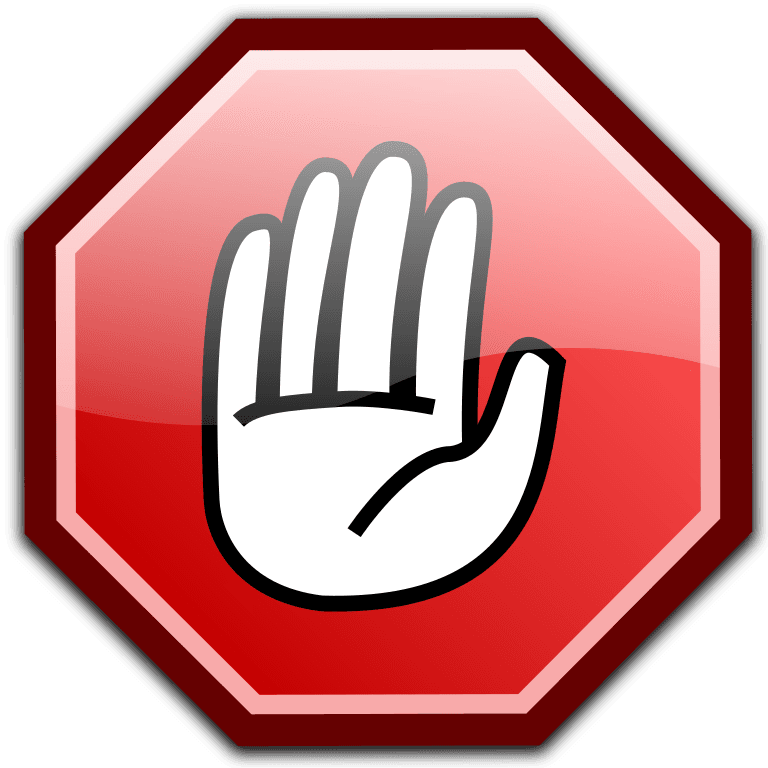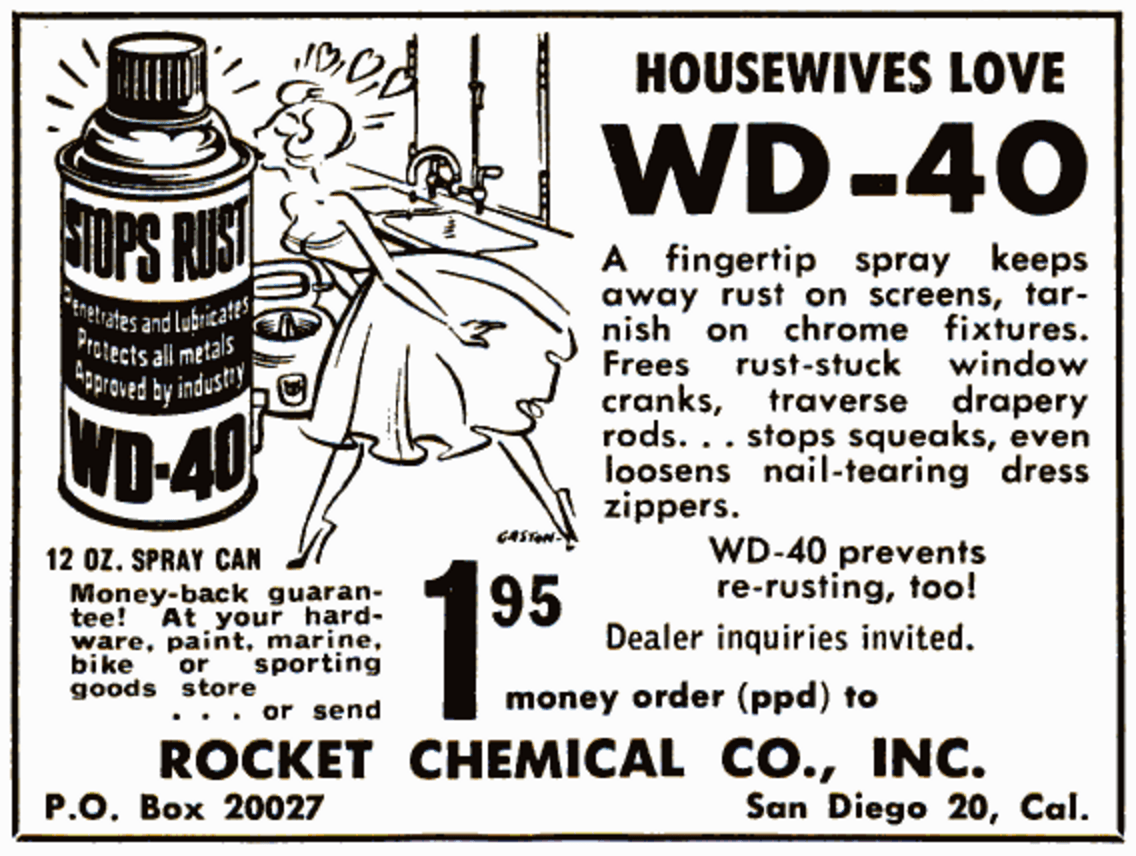In most cases, probably not.
If you have access to proper commercial-quality products, know how to use them, and that they are appropriate for the use case, go for it. But if not, or if you think that WD-40 and CRC 5.56 qualify as contact cleaners, then STOP, put the can down and s l o w l y back away from the equipment..!

The contact cleaners and treatments I use are commercial/laboratory-grade products, often applied as part of a multi-stage deep cleaning and treatment regimen I’ve designed, specifically for equipment types long past their design life and where no official service procedures exist. These products are very different from those often found in hobbyist electronics stores that leave oily residues and offer only short-term relief.
WD-40
WD-40 and CRC 5.56 are aerosol-delivered, low-viscosity, penetrating lubricants, water dispersers and corrosion inhibitors. However, one of the issues with these products, especially WD-40, is that they are marketed a little like the old radium water was: good for everything, but in reality, not really!
These products consist of light oils suspended in volatile carriers that evaporate, leaving oily residues that protect metallic surfaces from corrosion for a short time. These residues attract dust and dirt, less important on nuts and bolts, but a very significant problem inside sensitive switches, relays and potentiometers with human hair-thin gold wipers, for example.
In these delicate structures, oily residues trap dirt, increasing friction and turning it into an abrasive paste, making such structures dirtier and less reliable over time. The use of pressurised aerosols containing oleophilic solvents can also flush out greases and oils that are part of the smooth mechanical operation of the switch/pot/etc. These must be replaced, and WD-40 cannot replace them.

At some point after applying WD-40 or CRC 5.56, deep cleaning to remove these contaminants and re-treatment and lubrication will be needed to restore proper functionality. That is assuming permanent damage has not been caused through wear over an extended period of operation. This follow-up work is time-consuming and technical, and sometimes it’s too late.
But Mike, WD-40 was developed for NASA, for use on rockets!
So they say, and that’s just terrific, but it STILL IS NOT a contact cleaner or treatment. It’s like this: petrol is a great solvent, yes? Would you clean your carpets with it? How about electronics..? Lovers of WD-40 are welcome, even encourgaed, to spray that sh*t all over their equipment and even themselves if they wish. Just don’t bring it to me afterwards 🙂
Discover more from LiQUiD AUDiO
Subscribe to get the latest posts sent to your email.
